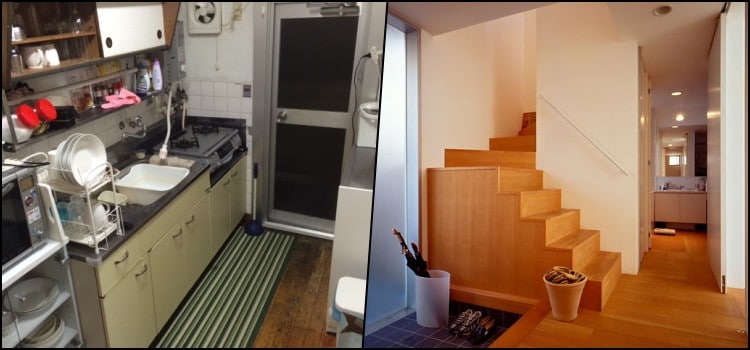It may seem like just a cultural peculiarity at first glance, but the habit of taking off shoes before entering a house in Japan carries a much deeper meaning than many may imagine. This practice is not just a matter of cleanliness: it represents respect, tradition, and a way to separate the outside world from one's intimate home. And it doesn't stop there — there are also historical, spiritual, and even architectural aspects involved.
If you've ever visited a Japanese home or even watched animes and movies from the country, you've probably noticed the classic scene of the character kneeling at the entrance, carefully removing their shoes and putting on slippers. It seems simple, but there is a whole etiquette surrounding it, and understanding this gesture is like opening a window to the Japanese mindset.
Moreover, this tradition so present in Japanese culture has influenced other countries and even sparked curiosity among those seeking a cleaner, more organized, and balanced life. After all, what makes a millennial custom still so respected in the modern world?

Table of Content
The origin of the habit: more than cleanliness
To understand the practice of removing shoes upon entering the home, one must look at the history and traditional Japanese lifestyle. Since the Heian period (794–1185), houses in Japan have been designed with tatamis, rice straw mats that are extremely sensitive to dirt. Walking with shoes from the street in these environments was unthinkable.
Furthermore, the Japanese have always valued the separation between the "inside" and the "outside." This distinction goes beyond the physical. The interior of the house represents purity, safety, and spirituality — while the exterior is seen as impure. Therefore, by leaving shoes outside, it also symbolizes the exclusion of impurities and worries from the world outside.
In addition, this custom is not limited to homes. It is common to find this practice in schools, clinics, temples, and even in some restaurants. In all these places, the entrance is marked by a space called genkan, where shoes are removed.

The function of genkan and the indoor slippers
Upon crossing the door of a Japanese house, you will likely encounter a small lowering in the floor: this is the genkan, a kind of foyer where the shoe change takes place. This space has both practical and symbolic functions.
In the genkan, shoes are arranged with the toes facing the door, facilitating later exit and showing consideration for the environment. Then, the person wears specific slippers for indoor use, called uwabaki. In some cases, there are even other pairs of slippers for specific rooms, such as bathrooms, where using another type of footwear is mandatory.
This exchange is not made haphazardly. There is an etiquette that values care and silence—removing shoes quietly, arranging them discreetly, and never invading the home’s space in a rush. This attention to detail reveals a stance of respect for the environment and its inhabitants.

Spiritual and symbolic aspects of the custom
More than practicality or cleanliness, taking off shoes before entering a home in Japan has a strong spiritual component. In Shinto tradition — one of the foundations of Japanese spirituality — purity is a central concept. The home is considered a sacred space, where the kami (spirits) reside, and keeping this space clean is a way to honor them.
This care also reflects an important value of Japanese culture: respect for the collective. By keeping the house clean and harmonious, the person contributes to the well-being of everyone living there. This same principle extends to schools and workplaces, where the act of taking off shoes reinforces the notion of community and order.
It is interesting to note how this custom influences even the behavior of children from a young age. They learn that by crossing the line of the genkan, they are also changing their attitude: from the bustling world of the street to the serenity of home. And this makes a difference even in the way they behave.
Cultural curiosities and influence outside of Japan
Did you know that this practice has also been adopted in countries like South Korea and parts of China, with their own variations? In many of these places, removing shoes has also become a way to show respect. In the West, although less common, the idea has been gaining traction among those seeking a more hygienic and organized lifestyle.
In some Brazilian homes, especially influenced by Asian cultures, it is increasingly common to find the practice of having a designated area for removing shoes. The impact is so positive that researchers point out benefits such as a reduction in dust mites and bacteria inside the house, as well as a more peaceful atmosphere.
If you are thinking about adopting this habit, it is worth observing what it represents: it's not just a matter of "not dirtying the floor," but rather a small daily ritual that helps mark the transition between the external world and your personal space.
